Ho Chi Minh City suburbanisation spreading benefits
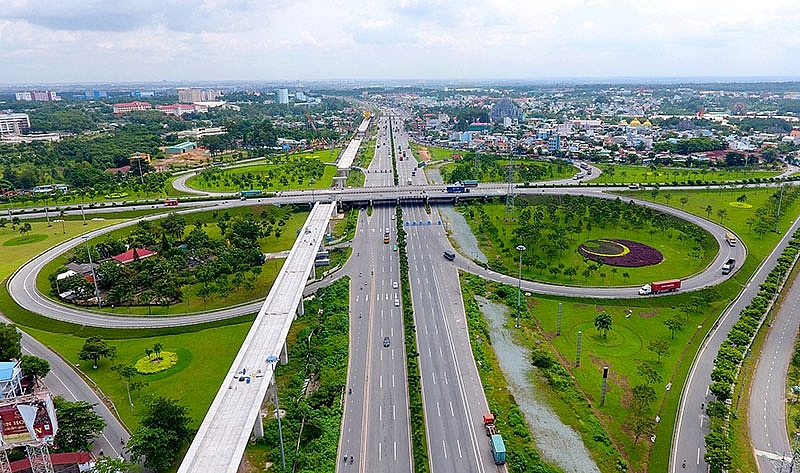 |
| The city has almost completed its traffic infrastructure to redirect population to the suburban areas |
Suburbanisation is one of the seven breakthrough programmes Ho Chi Minh City plans to implement in the five-year period from 2015 to 2020. At a meeting to review the city’s socioeconomic development in 2017, Nguyen Thanh Phong, Chairman of the Ho Chi Minh City People’s Committee, said that the city has almost completed the infrastructure development for suburbanisation. In 2018, the city will implement policy initiatives to redirect population to the outskirts.
According to Phong, the budget for infrastructure investment to ease traffic jams was more than VND11.3 trillion ($497.2 million) in 2017, with the cumulative value for 2016 and 2017 being VND20.6 trillion ($906.4 million), exhausting 33.6 per cent of the 2016-2020 budget. The city has VND40.7 trillion ($1.79 billion) left in the budget for infrastructure development during 2018-2020.
In light of infrastructure spending in the previous period, especially from 2016 to date, traffic connectivity to urban fringe areas has begun to take shape. The expansion of Hanoi Highway has facilitated traffic flows in the city from Binh Thanh District to districts 2, 9 and Thu Duc, as well as cut travel time to the south-eastern region and the Central Highlands provinces. The expansion of Truong Chinh Street has improved the city centre’s connection to the northwest of Ho Chi Minh City, including Cu Chi, Hoc Mon, and part of the southern province of Long An. An Suong Tunnel, which runs along Truong Chinh Street and National Road 22 to Tay Ninh, is expected to tackle the traffic gridlock in the city.
In addition, Ho Chi Minh City has just completed the construction of Vo Van Kiet Street in Binh Tan District as well as Luy Ban Bich and Kinh Duong Vuong streets in Tan Phu District to ease traffic from the downtown to the southeast and Long An. Other infrastructure projects like National Highway 50 and Nguyen Van Linh Street link the city centre with the south. All of these projects have created a convenient transport network that alleviates traffic jams in Ho Chi Minh City.
Opportunities on horizon
The market in the urban fringe areas has recently picked up thanks to a robust transport network.
The Dong Nai real estate sector saw its strongest performance in 2017 due to the latest news of Metro Line 1 extending from Ho Chi Minh City to Binh Duong and Dong Nai, the construction of a road parallel to Ho Chi Minh City-Long Thanh Expressway, the planned Cat Lai Bridge linking Ho Chi Minh City with Dong Nai’s Nhon Trach District, as well as the planned Long Thanh International Airport.
According to Su Ngoc Khuong, director of Investment at Savills Vietnam, Dong Nai is now ready to benefit from the improved connectivity. The province currently has 55 residential housing projects, with a total of 30,200 units for sale on both the primary and secondary market, of which the latter accounts for 90 per cent or 27,600 units.
He advised developers to prioritise projects that are located near existing urban areas, including the city of Bien Hoa and nearby wards like Long Thanh, Long Khanh, and Trang Bom. Secondly, those with a longer investment horizon (between five and seven years) can branch out to the fringe areas of these urban clusters.
Thirdly, investors should carefully consider investing in projects near Long Thanh International Airport as about 21,000 hectares of surrounding land have not been earmarked for development yet.
“Thanks to the land sites, the Dong Nai real estate market can benefit from the policies of suburbanisation in Ho Chi Minh City,” Khuong noted.
Meanwhile, Binh Duong, especially Di An Town, is full of opportunities for real estate development thanks to its strategic location right next to the bustling Ho Chi Minh City. Some developers, including Kim Oanh Real Estate JSC, Sacom Land Corporation (Samland), Him Lam Land Corporation, and Phu Dong Real Estate JSC, have seized the opportunities and prepared ample land reserves for 2018 projects.
In addition, the real estate market in the heart of the province like Binh Duong New City is beginning to revive with increasing transactions and declining inventory levels.
According to Tran Khac Thach, chairman of the Binh Duong Real Estate Association, traffic connectivity was the bottleneck of the local real estate market. However, the market will enter a new stage of development as a slew of infrastructure projects are underway in Ho Chi Minh City.
The newly-built Pham Van Dong Road connects with Tan Son Nhat International Airport and runs through Binh Duong to the eastern provinces. Other projects include the extension of Metro Line 1 to Binh Duong and the expansion of National Highway 13.
Located next to Vietnam’s largest city, Long An, especially the three bordering communes of Duc Hoa, Can Giuoc, and Ben Luc, also benefits from the city’s suburbanisation. Among them, Duc Hoa and Can Giuoc communes benefit the most as numerous developers choose the communes to invest.
According Luu Dinh Khan, former director of the Long An Department of Construction, the local real estate market has gained considerable advantages from Ho Chi Minh City’s suburbanisation policies. With large land reserves and improved traffic connectivity, Long An is offering favourable incentives to woo real estate developers.
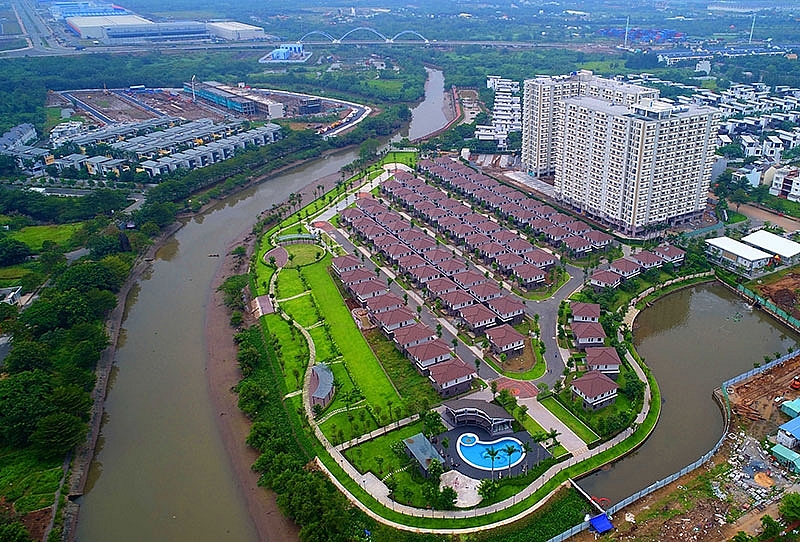 |
| Large-scale projects are underway in the suburan areas to receive future residents |
A new wave of investment
Bui Van Hieu, chief of Office at the Ho Chi Minh City Department of Construction, said that most projects applying for the city’s approval in 2018 are mainly located in the urban fringe areas.
Many developers in Ho Chi Minh City said that 2018 will be marked by real estate in suburban areas. The city will undertake some policy initiatives that encourage residents to live in suburban areas, while reducing the number of new households registered in the city centre.
In response to the city’s suburbanisation, numerous developers have bought land reserves in the outskirts. Him Lam Land has large land reserves in suburban areas like Di An Town in Binh Duong and districts 2 and 9 in Ho Chi Minh City. Meanwhile, Hung Thinh Corporation has acquired dozens of land funds in districts 7 and 9, Binh Chanh and Thu Duc.
Likewise, Dat Xanh Real Estate Service & Construction Corporation has purchased land funds in Dong Nai, districts 7 and Thu Duc. Dream House Investment Corporation (DRH Holdings) has earmarked land funds in District 9, bordering Binh Chanh District, to develop a 2,000-unit project in the first quarter of 2018.
Keppel Land has accumulated land in Long Hung Open Economic Zone in Dong Nai for future opportunities, while Dai Phuc Group has development land sites in District 7 and Long An.
Tran Anh Group owns hundreds of hectares of land in Duc Hoa and Ben Luc of Long An, while Cat Tuong Group has stocked up on several land plots with a combined area of 200ha in Thu Thua and Duc Hoa of Long An.
Tran Quoc Viet, general director of Cat Tuong Group, said that the urban fringe areas have ample supply of land with low prices. This, coupled with the robust market demand, will boost a new wave of investment in the peripheral areas of the city.
“In 2018, we will launch a 100-ha project in Duc Hoa (Long An) to meet the trend of suburbanisation,” Viet said, noting that the suburban market is not only driven by improved traffic infrastructure but also the city’s new policies.
Most recently, Ho Chi Minh City has abolished the requirement that those applying for jobs at government agencies must have household registration books in the city. The move is aimed to encourage people to relocate to the peripheral areas rather than purchasing pricey houses in Ho Chi Minh City to be granted household registration books.
What the stars mean:
★ Poor ★ ★ Promising ★★★ Good ★★★★ Very good ★★★★★ Exceptional
Themes: Vietnam Property Outlook 2017
Related Contents
Latest News
More News
- Nation urged to build on eco-IP model (April 16, 2024 | 10:22)
- Domestic steel demand expected to rebound amid warming real estate market (April 12, 2024 | 10:31)
- Implementation of new land laws must benefit investors (April 10, 2024 | 09:17)
- Apartment hikes hint at speculation return (April 09, 2024 | 10:14)
- Infrastructure focus sets stage for real estate bonanza (April 03, 2024 | 10:14)
- Nam Long Group maintains top ten position in real estate investment ranking (April 03, 2024 | 08:00)
- Hospitality and real estate sectors strive for sustainable growth (March 29, 2024 | 16:12)
- Gamuda Land starts construction of Eaton Park (March 28, 2024 | 16:40)
- New land law could entice Viet Kieu home (March 27, 2024 | 18:00)
- Binh Duong to capitalise on rising real estate interest (March 27, 2024 | 15:41)



 Tag:
Tag:


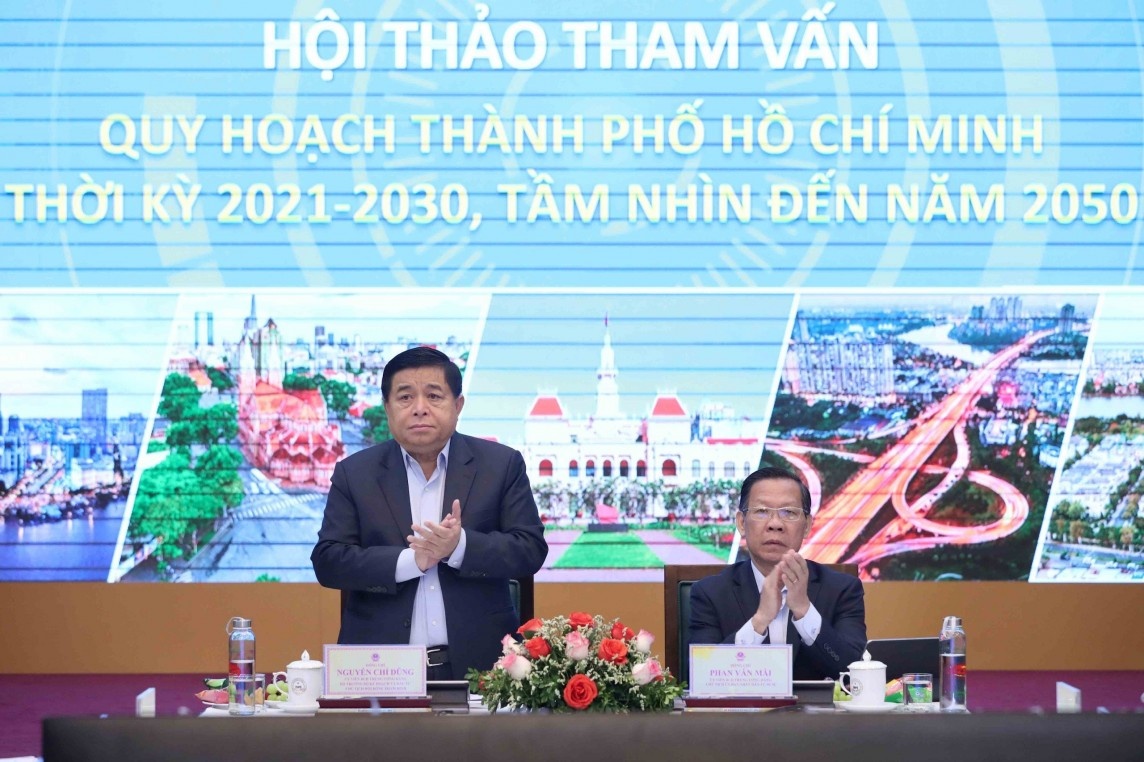


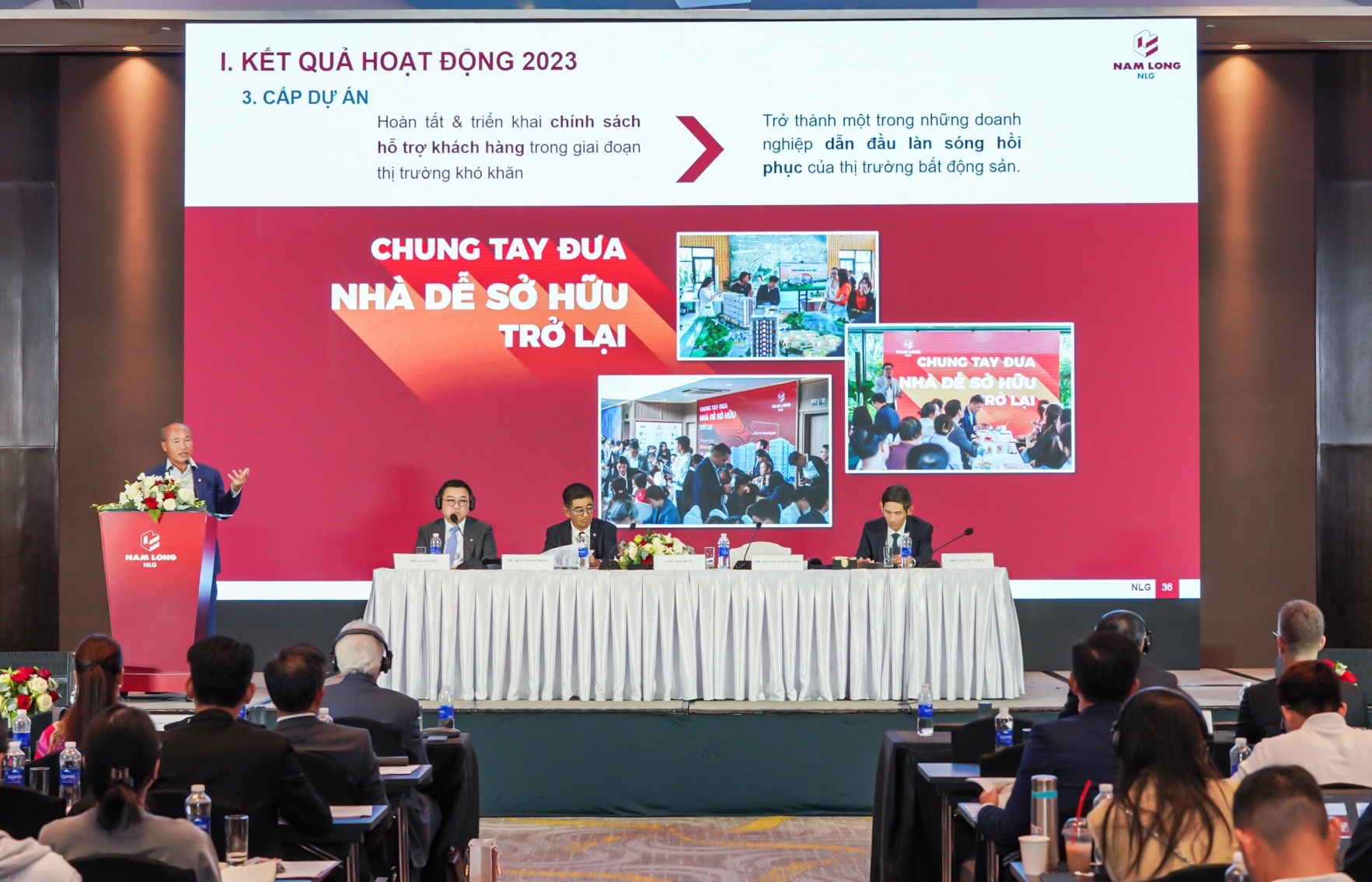
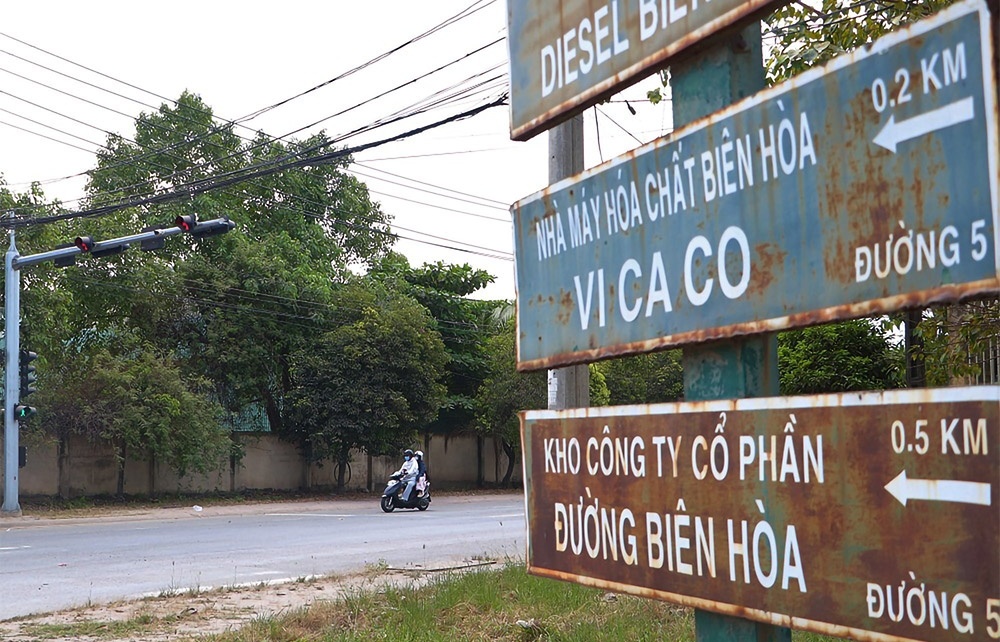
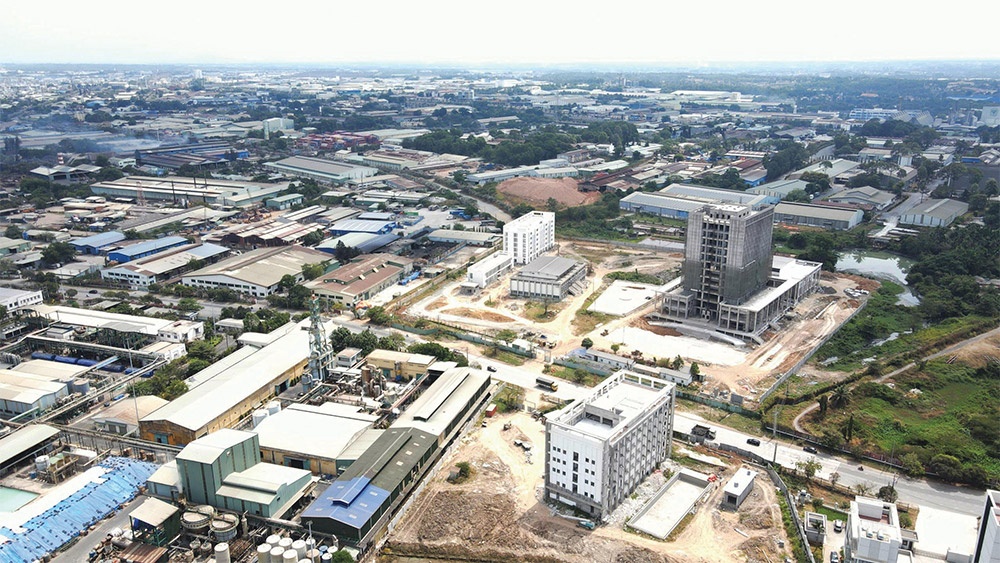
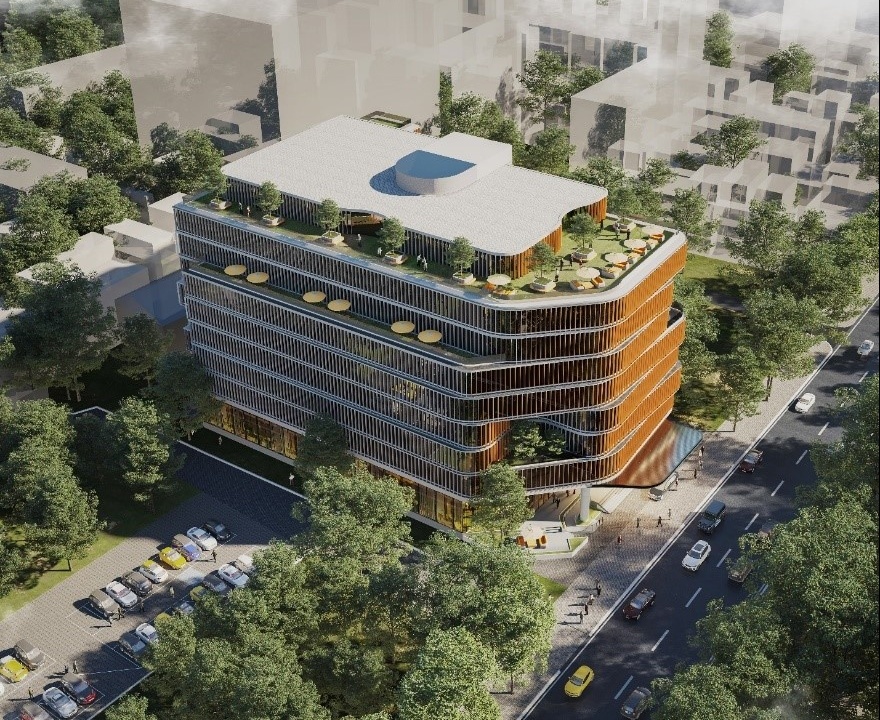

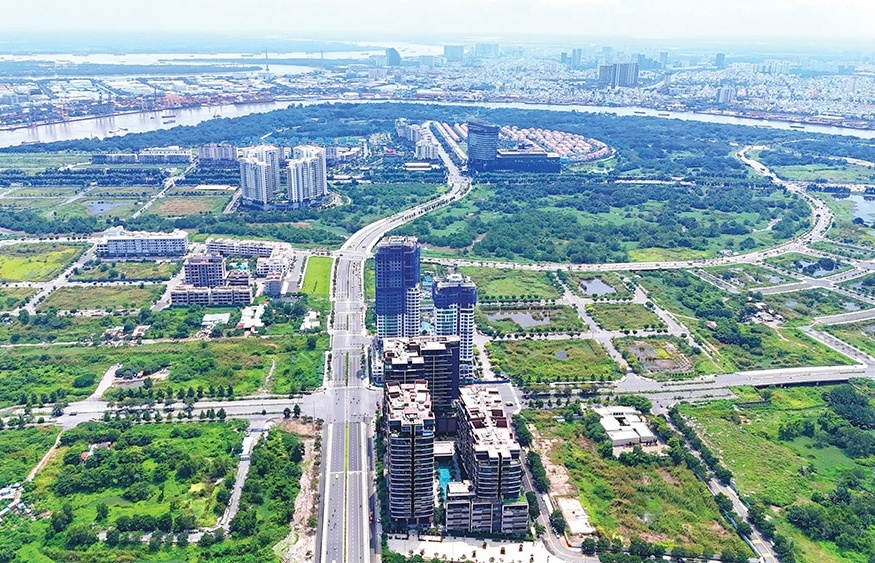


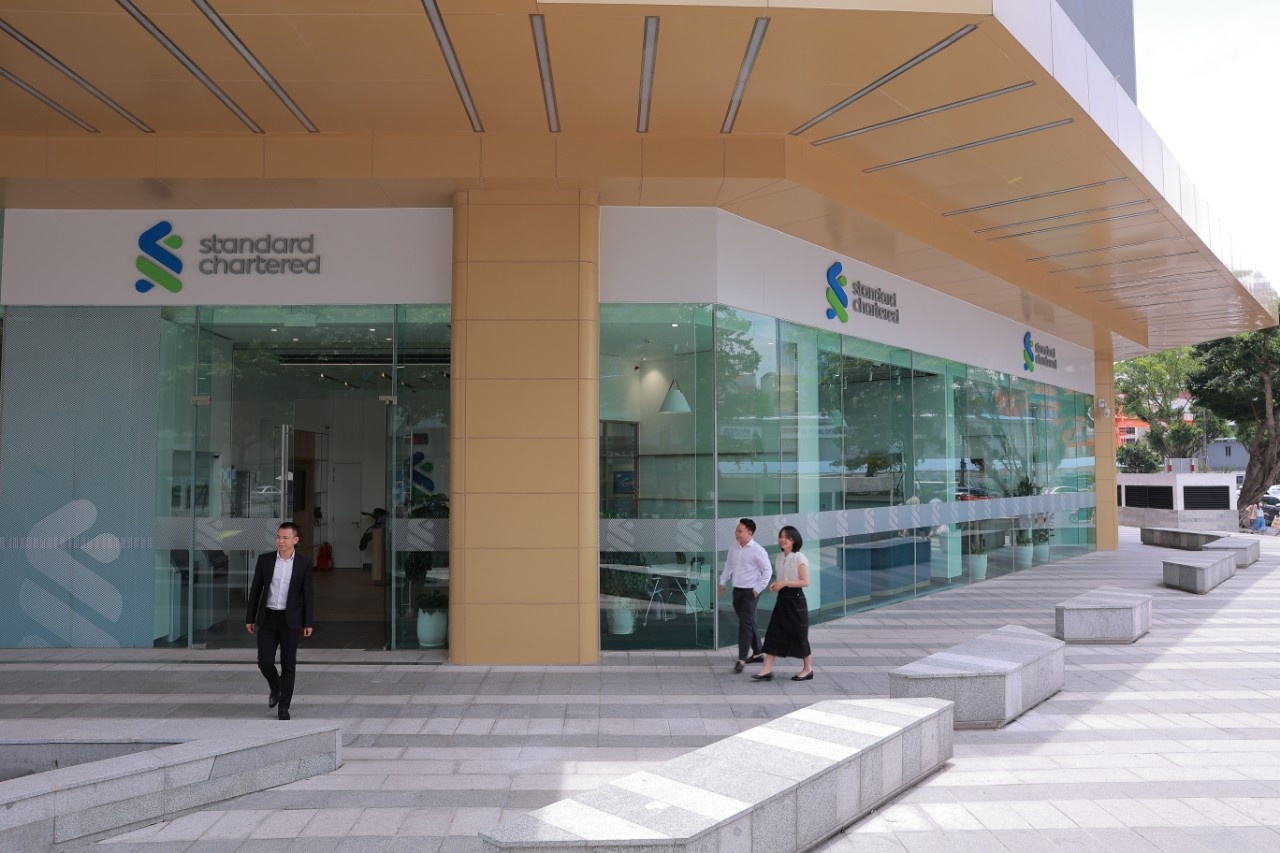





 Mobile Version
Mobile Version